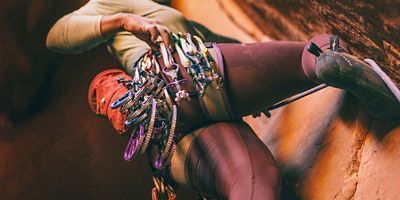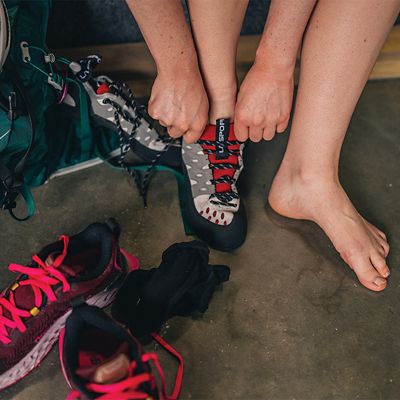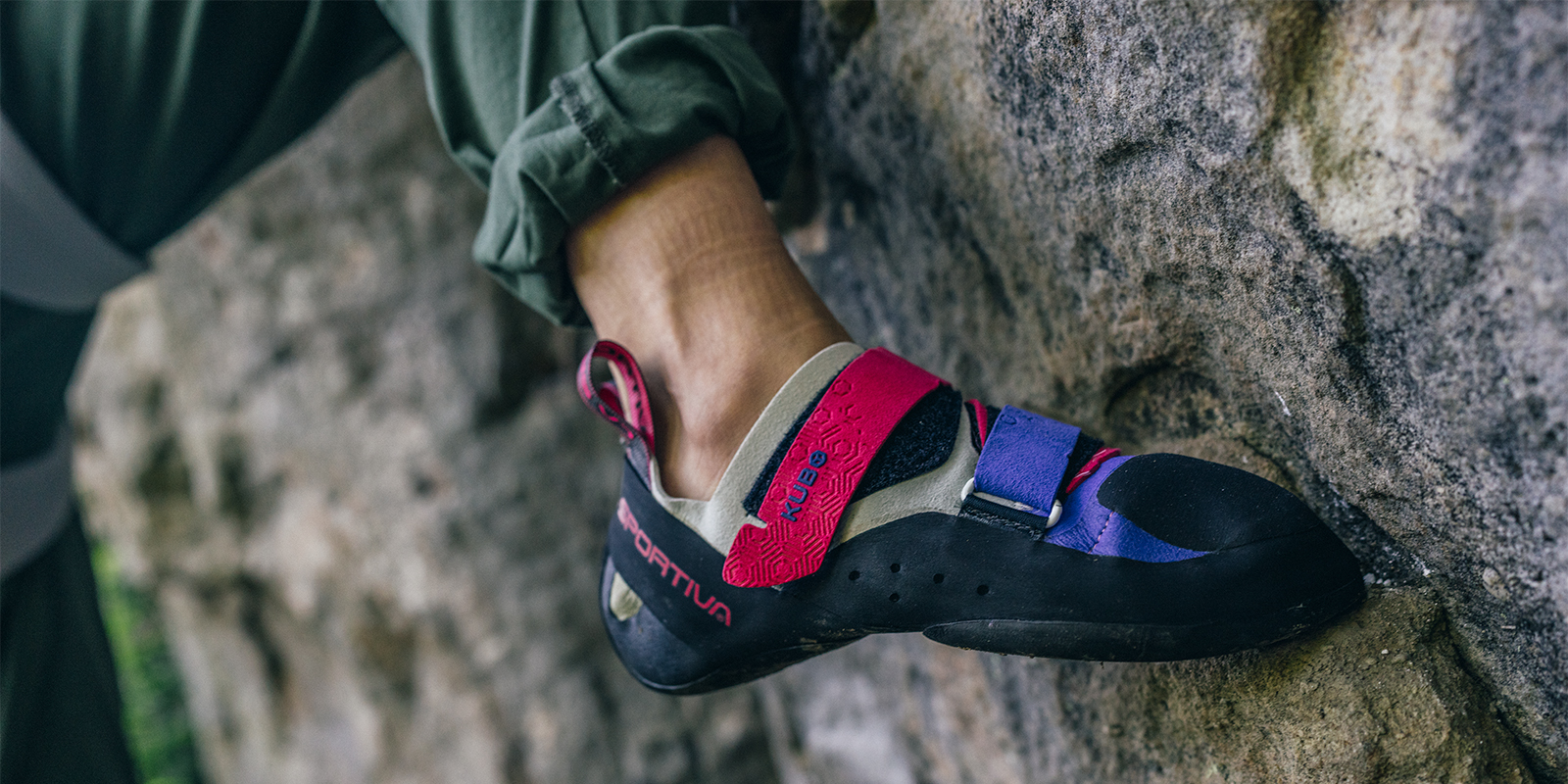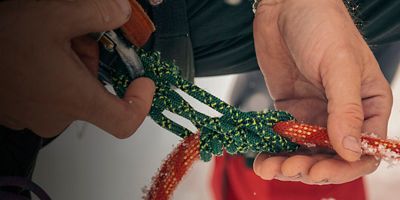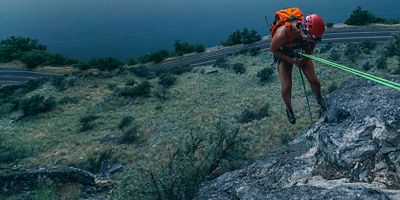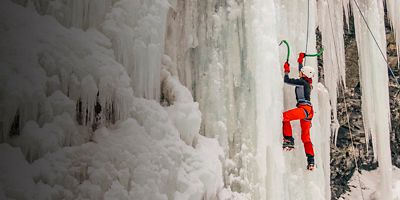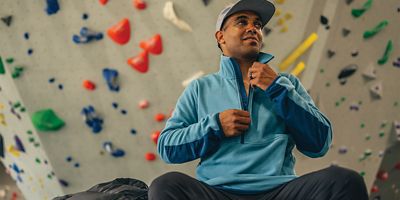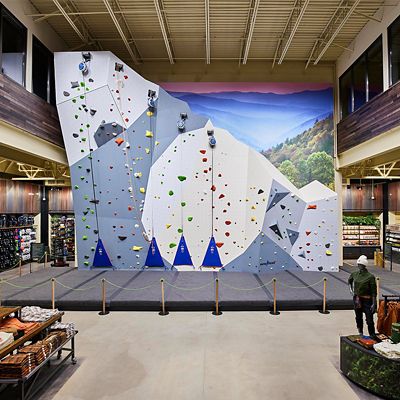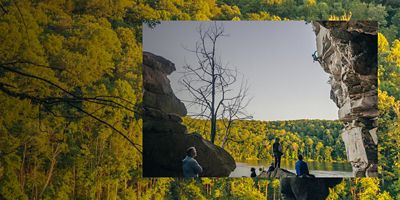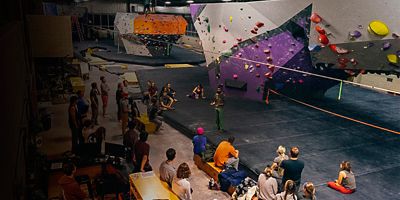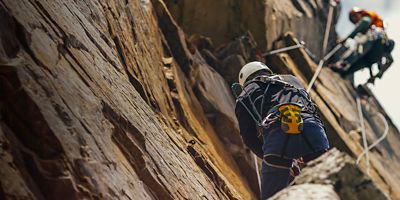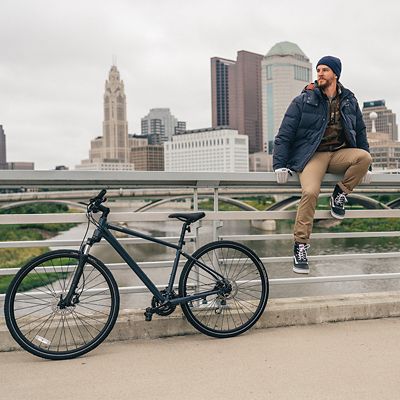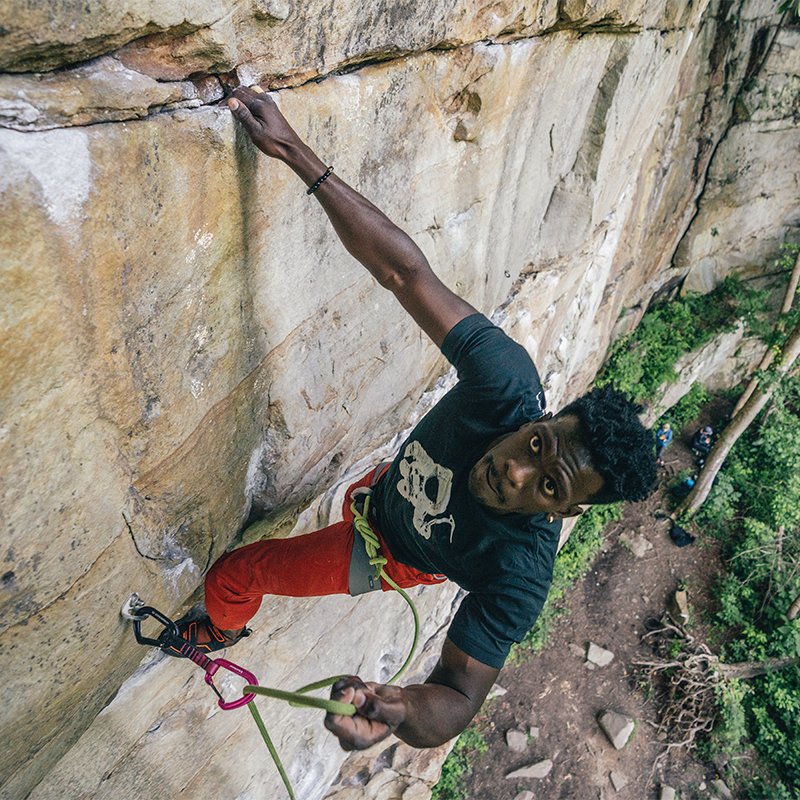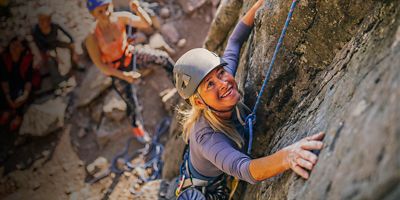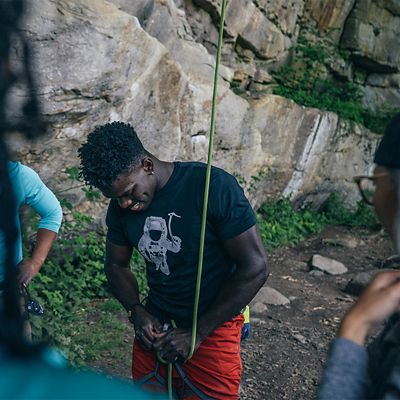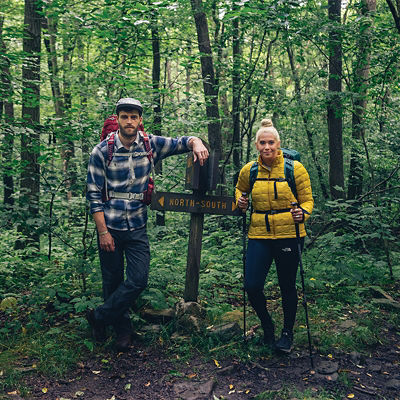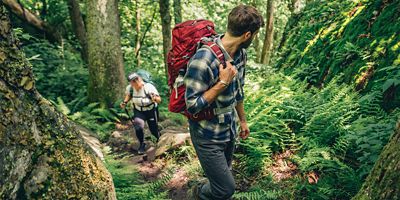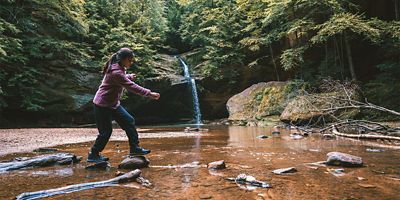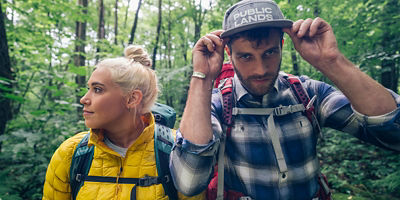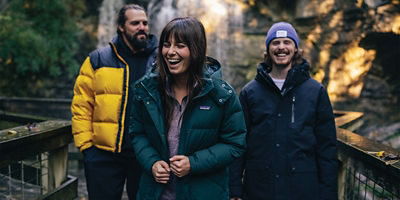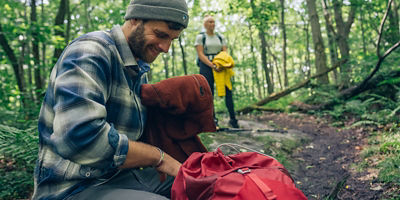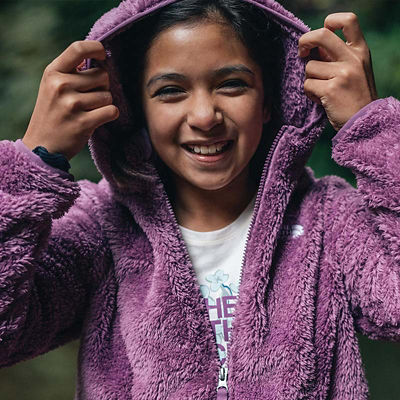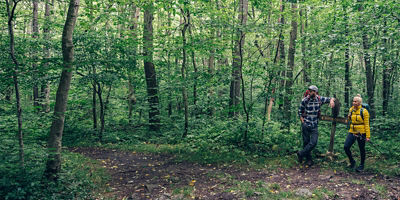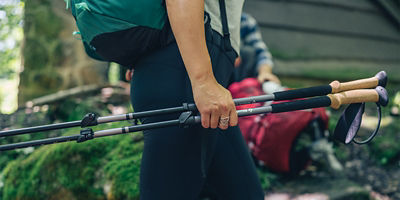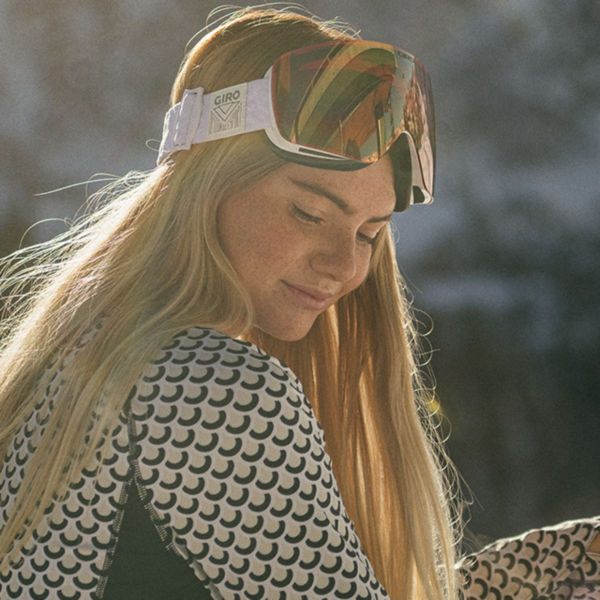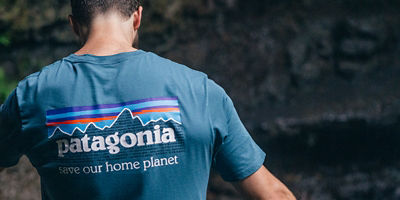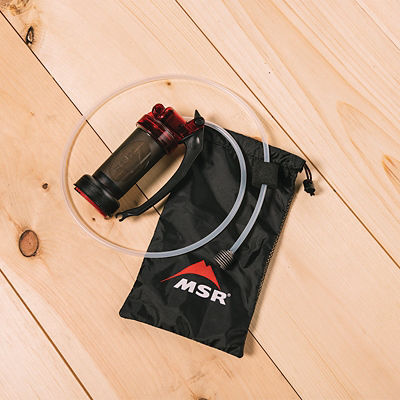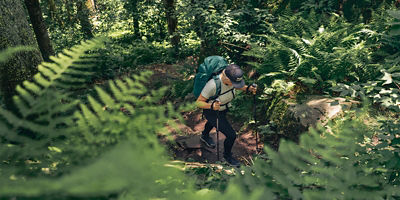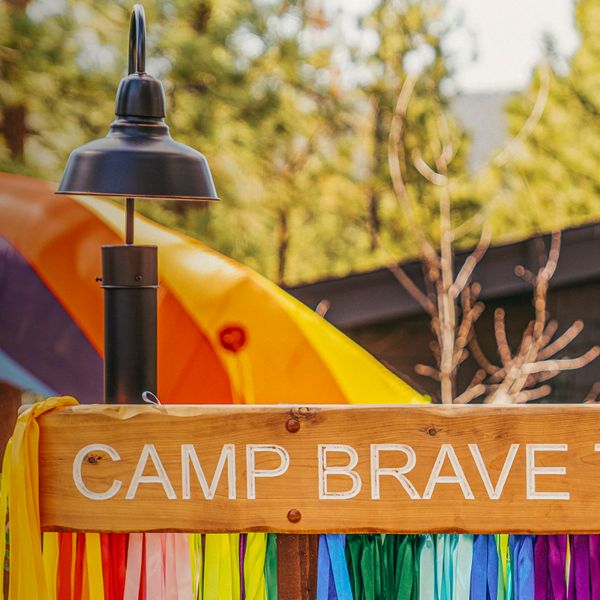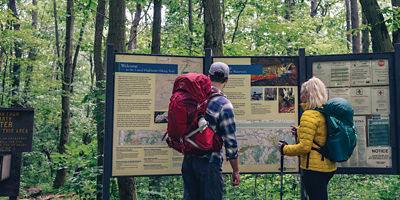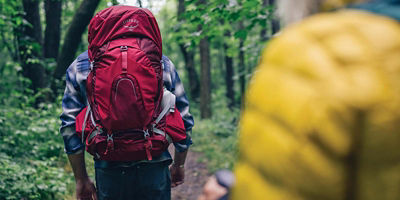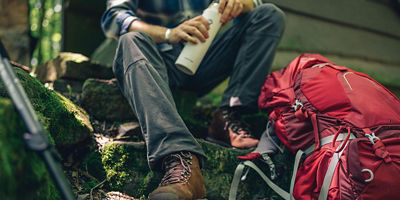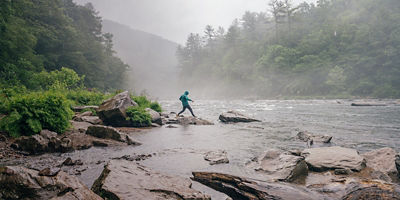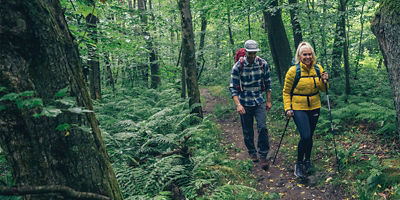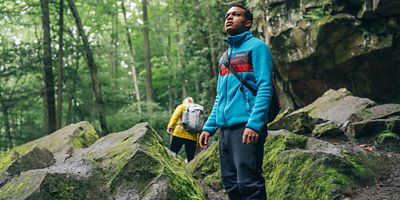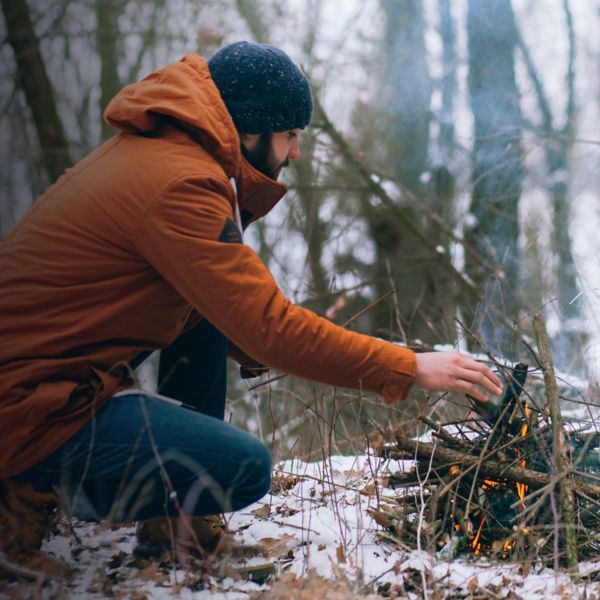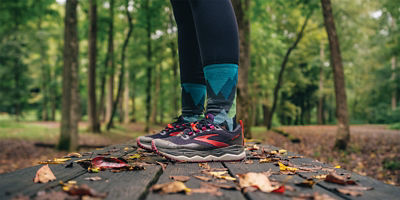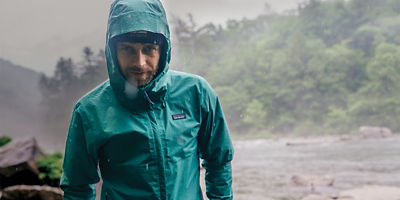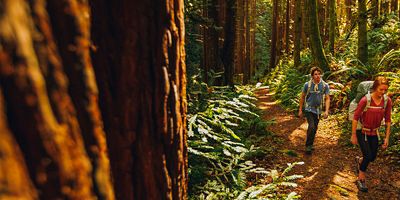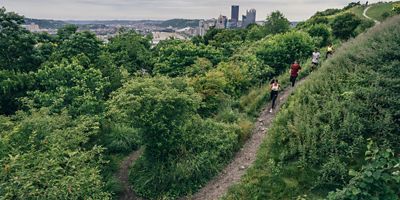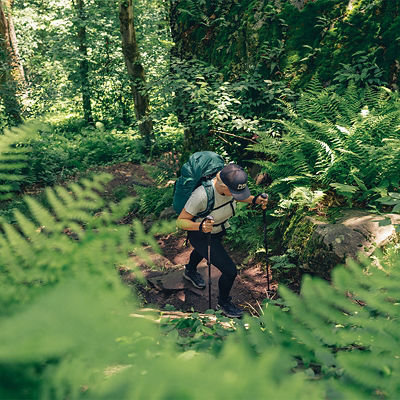Sport Climbing Basics
Climbing outside is not a hard sell. Just picture the wind on your face, swallows’ song in your ears, and the feeling of rough, cool rock beneath your fingertips. And sport climbing makes it easy to get started. This is one of the easiest climbing disciplines to learn, because you clip into existing bolts. This means the route is predetermined and you don’t have to place your own protection, as in trad (traditional) climbing. With sport climbing, simply mastering a few crucial skills will unlock thousands of routes, hundreds of climbing areas, and a lifetime of vertical adventure. Like any new sport, it comes with a bit of a learning curve. But tackle it with the right resources, and you’ll be self-sufficient in no time.
In this article you’ll learn:
- How to Get Started Sport Climbing
- Where to Climb Outside for Your First Time
- Outdoor Climbing Ethics
- Essential Skills
- What Gear to Pack for a Day of Sport Climbing
How to Get Started Sport Climbing
Climbing gyms are an amazing place to get started. Once you’ve mastered basic lead-climbing technique indoors, look for a mentor or class to help you bridge the gap to the cliff. While it can be easier (and cheaper) to learn from an experienced friend, leaning on a professional is the best way to be certain you’re getting the download on the safest and most current techniques.
Prefer one-on-one attention? A local guide service is your best bet. Looking for a supportive group environment? Many climbing gyms and local guide services offer single- or multi-day “gym-to-crag” courses. There are also tons of local organizations and nonprofits that offer classes at affordable prices. Just search online for climbing classes near you.
Where to Climb Outside for Your First Time
For your first independent sport climbing outing, find a crag that has high-quality rock and a short, well-defined approach trail. Look for moderately graded routes—something between 5.5 and 5.8 is ideal for a first outdoor lead. Walk-up access to the top of the route is also a plus, since that means you can hang a rope from the anchor and belay from below, rather than having to lead-climb the route. Not sure where to go? Ask local climbers, climbing guides, or climbing gym staff members for recommendations. Mountain Project’s Route Finder tool is also a great resource.
Essential Skills
Sport climbing is among the safest disciplines of outdoor climbing, but there’s still plenty of risk if you don’t have the basics dialed. Before you hit the crag on your own, master these skills.
- Lead Belaying. Climbing gyms are a great place to learn to lead belay. Keep in mind that bolts outside tend to be spaced farther apart than in the gym, so falls can be bigger. When lead-belaying outside, stand just a few feet from the wall, and keep an eye on how much slack you let into the rope.
- Clipping. Learn to clip efficiently without catching your fingers in the carabiner. Know how to identify a Z-clip and a back-clip. Bonus points: Learn how to use a stick-clip.
- Setting up anchors. Know how to set up a simple lead-climbing anchor with two opposite and opposed quickdraws, as well as a top-roping anchor.
- Cleaning routes. Learn to safely retrieve your gear, clean a sport-climbing anchor, and lower without untying.
- Rappelling. Many outdoor routes don’t have permanent carabiners or hooks at the top for lowering. Learn to set up a rappel, double-check it, and back it up with a friction hitch.
Outdoor Climbing Ethics
Outdoor sport climbing can be an incredible source of community and connection. Help contribute to the magic by sharing the rock, picking up after yourself, packing out your waste, asking other climbers before playing music, keeping dogs leashed (or leaving them at home), and in general being mindful of others’ experiences.
Access to climbing areas is threatened when climbers leave trash, blast music, graffiti rocks, frighten the wildlife, block locals’ driveways, leave cattle gates unlocked, or otherwise act like rude guests. Before you climb in a new area, do a quick online search or read the guidebook to get a feel for local access issues.
Also take time to learn about local environmental concerns. Above treeline, for example, stay on rocks and gravel to avoid damaging delicate alpine plants. And in the desert, avoid stepping on patches of crunchy, lumpy black soil. It’s called cryptobiotic soil, and it’s critical to the desert ecosystem.







